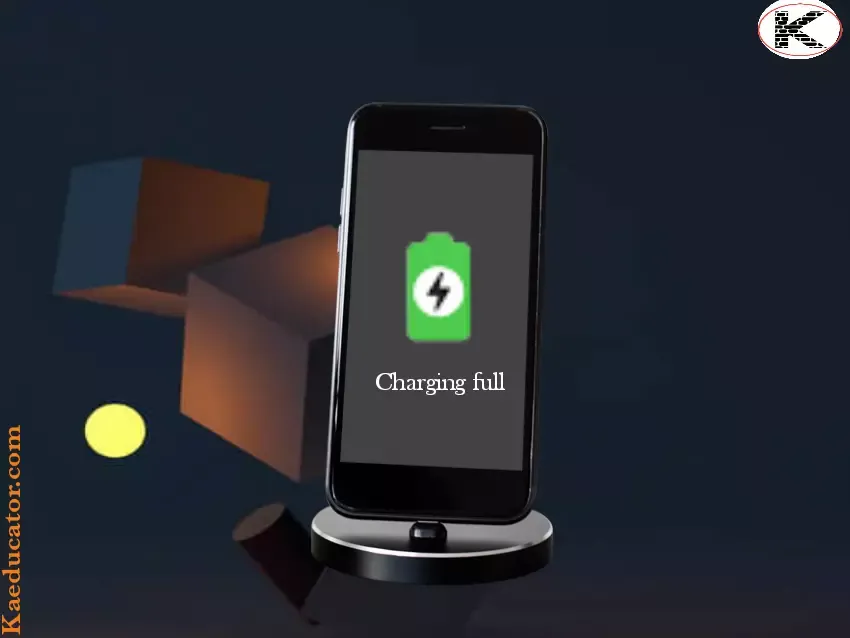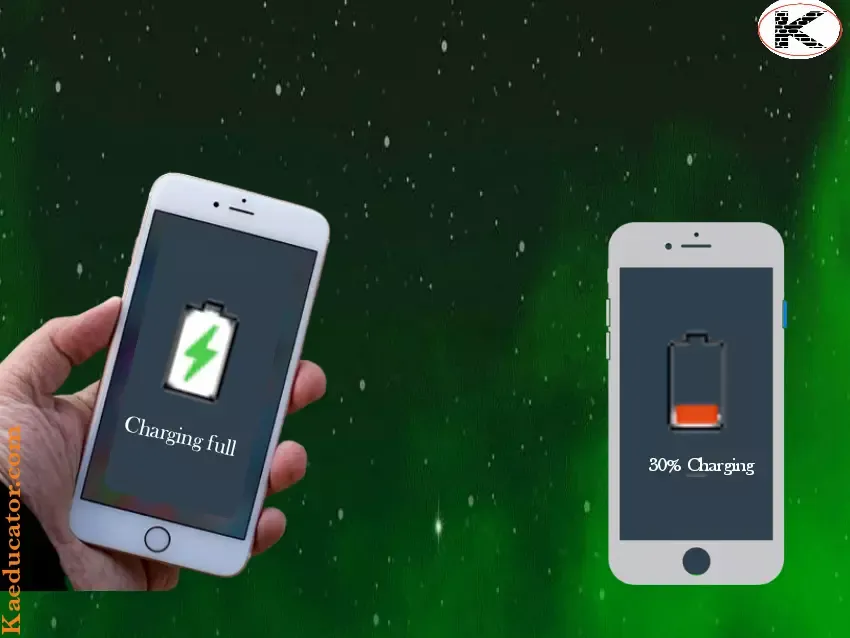Why Is It Harmful To Charge Your Phone At Night?
Are you one of those people who leave their phone on charge while sleeping at night? Do you know what damage this bad habit does to the phone? There are many true or false claims about this habit, which is the subject of debate by many. Let's take a closer look at how leaving the phone charging while you sleep at night can damage the battery.
How does the phone charge? Do the batteries in the phone have a lifespan? What is battery life and how is it determined? What happens when you plug your device into charge?
In order to understand the damage to the phone battery by leaving the phone on charge at night, we first need to know the answers to the questions we need to ask. Later, you can understand more clearly what harm is left to charge the phone while sleeping at night.
How Does the Phone Charge?
Li-ion batteries have been used in many devices, including smartphones, for years. In other words, the element Lithium is used in batteries and batteries. This element ensures efficiency and allows the battery to be recharged. It plays a leading role in rechargeable batteries.
Thanks to the reactions triggered by the electricity given while the phone is charging, Lithium ions flow from the positive electrode to the negative electrode in the battery. In this way, your phone's battery can be charged. At the same time, these ions flow from the negative electrode to the positive electrode while using the phone. In this case, it causes the battery to run out.
The reaction takes place thanks to the electric current. You can get the electric current through the adapter that you connect the phone with a cable and plug into the wall socket.
The adapter reduces the voltage (ie Volts) from the socket from 220 to 5 to 9 Volts. In this way, the current value comes to a level that can charge the phone. According to the charging protocol supported by the phone, the battery starts charging the device at the specified power.
Incoming electricity for charging the phones is evaluated by the current and voltage control unit on the motherboard. This ensures that the phone is properly charged.
Since smartphone models have different features from each other, they can be charged in a shorter or longer time. 65W or 120W fast charging feature causes differences in this regard.
Although Li-ion batteries are efficient and long-lasting, each battery actually has a limited lifespan.
What is Battery Life? Do Batteries Have a Certain Lifespan?
The brands that produce the phone actually know how long the battery life will be for each phone model from the very beginning. Thanks to the charge/discharge cycles , it can be calculated how long a battery can last.
A charge/discharge cycle is when the phone goes from 100% charge to 0% charge and then from 0% charge to 100% charge. This is expressed as a charge cycle.
Phone manufacturers generally want the battery life (ie charge cycle) for the phone they produce to be between 300 and 500. However, this number varies depending on the phone brand and model.
At the same time, although the battery life is clear on paper, it is not exactly known, as users do not fully discharge the phone battery and charge it until it is fully charged. The life of the battery in the device depends entirely on how the user charges their phone.
Factors Affecting Phone Battery
By paying attention to the factors affecting the phone battery life, you can use the device efficiently for many years on a single charge.
Extreme Temperature
For almost every electronic device, the temperature value above a certain level is one of the biggest enemies. Your phone automatically turns itself off in extremely hot environments. Frequent exposure of the phone to extreme heat allows moisture to become trapped inside the phone and damage the components. The battery also suffers from this situation and is permanently damaged.
Therefore, be careful not to charge the phone in extremely hot environments. Don't forget your device inside the car, under the windshield and in the sun. Be careful not to overheat the device under the scorching sun. Similarly, be careful not to freeze the phone in extremely cold environments.
Fake Chargers
Fake chargers are one of the factors that seriously damage battery life. That's because modern batteries have built-in chips that help regulate the input from the charger. Thanks to these chips, the charge of the phone is kept under control. Fast charging or ordinary charging is carried out smoothly with these chips.
However, with counterfeit chargers, it becomes difficult to keep the charging process under control. Because these devices lack the technology of the original devices. Therefore, charging the phone with a fake charger may allow the battery to explode and start a fire.
Charge Rate Should Be Between 30% and 75%
Starting to charge your phone below 30%, or charging it to 100% full charge, or similarly charging it above 80%, seriously harms the life of the battery.
So why?
Let's assume that while charging your device, it reaches from 20% to 40% in half an hour. Similarly, when a phone with an 80% charge rate is charged, it takes about 1 hour to reach 100% level. The fuller the phone battery, the higher the voltage (volts) needed to charge it. This will damage the cells in the battery.
When your device is completely discharged and charged below 30%, it also seriously damages the battery. When the charge rate is below 30%, your battery suffers permanent damage as a result of chemical reactions. This situation is called “stress”. Your phone should always be charged above 30% to avoid stress.
If you want to use the battery life in the most efficient way, you should always charge your phone from 30% to 75%.
Do Not Use The Phone While Charging As Possible!
The biggest enemy of electronic devices is heat. One of the biggest enemies in the battery is heat. Charging the phone causes the device to heat up. In addition, using the phone while charging causes it to heat up more. This will directly damage the phone battery. It also allows the battery to charge while it is being discharged. Charging the battery while it is discharging directly damages the battery life greatly.
While the phone is charging;
- Play a game
- Watching high definition video
etc. Causing the use of graphics unit or CPU in a way that causes serious increase in heating. However, checking e-mails or reading/sending messages while charging the phone will not make the cpu or gpu work much. Therefore, it does not cause the battery to overheat and be damaged.
Unconscious Use of Fast Charge Feature
Fast charging has become a frequently used technology in new phone models. However, fast charging of the phone is done by giving more power to the phone battery than normal charging. This shortens battery life as it causes more heat than usual.
Keeping Charge Rate at 100% for an Extended Period
We mentioned that smartphones need extra voltage to charge above 80%, and this causes more heating and damages battery life.
Keeping the device at 100% charge for a long time ensures that the high voltage value is applied to the battery continuously. High voltage damages the cells in the battery. Although in today's technology, some phone models cut the electric current even when the phone is plugged in at 100% charge, but when the charge rate drops to 99%, the charging process starts again. This phenomenon is called the "drip".
Why Does Leaving the Phone Charge While Sleeping at Night Damages the Battery?
In many articles, it is claimed that it is false information that leaving the phone on charge at night does not damage the battery, leaving the phone on charge at night while sleeping and this negatively affects the battery life. However, these claims are unfortunately not true.
Leaving the phone on charge while sleeping at night and making it a habit causes a shortened battery life. Because every night, it is ensured that the voltage above the normal is applied in order for your phone to reach over 80% occupancy. At the same time, you cause the charge rate to stay at 100% during the night.
During the charging process, although the electric current is cut off while the phones are plugged in and have a 100% charge rate in today's technology, the charging process starts again as soon as the charge rate drops to 99%. So there's a "dripping" thing going on. In the long run, this takes a serious toll on battery life.






